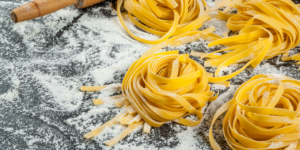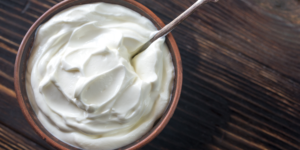So you’re at a breakfast restaurant trying to order eggs on your toast or pancakes, you see ten different types of eggs on the menu and immediately think, “What are these names, and since when did eggs have so many variations?”. This article will help you answer that. The diversity of a single egg is much more than what people know. In this article, we’ll walk you through the different types of cooked eggs and what to go for depending on what other food you’re having.
Sunny side up
If you get excited by the thought of runny eggs then you will love sunny side ups.
You don’t need a certification from culinary school to make sunny side up. But you do need to be able to crack eggs without breaking the yolk. The whole point of the sunny side up is to have a defined and whole yolk at the centre. Once the bottom of the egg is cooked, you can serve your egg. Don’t forget to sprinkle on your desired spices!
Sunny side-ups are great on toast and even tastier with noodles.
Poached
Now, this is something you don’t see regularly. A poached egg is what would have happened if a boiled egg and a sunny side up had a baby. Poached eggs are made by boiling the egg in water without the shell.
Crack the egg into a small container and place a shallow pan with water over medium heat. Add a few drops of vinegar to the water because it helps the egg come out nicely. Once the water begins to simmer, swirl the water with a spoon to create a whirlpool, and then drop the egg at the centre of the whirl. The longer you leave the egg to boil, the firmer the yolk. An ideal time to remove the egg is between 4 to 10 minutes after you drop it in the water.
Remove the egg from the water with a slotted spoon and serve it over a salad, noodles, or bread.
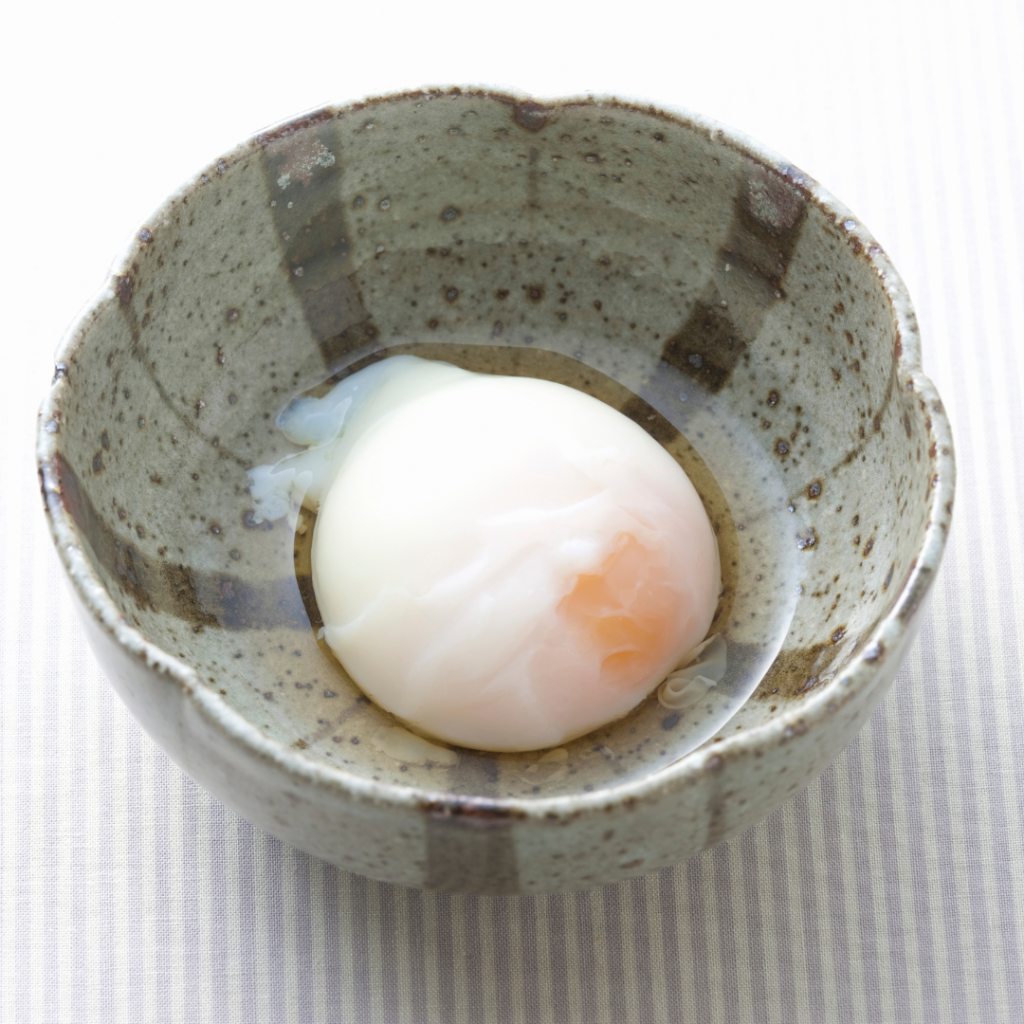
Scrambled
Scrambled eggs and pancakes? Yes! All day, every day.
Many people make scrambled eggs at home but aren’t aware that that’s what it’s called. If you toss your eggs around in your pan with a spatula almost as soon as you pour them in, then you’re making scrambled eggs. This type of cooked egg offers two subtypes: soft and hard. The soft subtype has a lighter texture and a lightly cooked consistency. In contrast, the hard subtype is thoroughly cooked to a dry, firm texture.
You can spice up your recipe by adding cream or milk to the egg while frying, but this is optional.
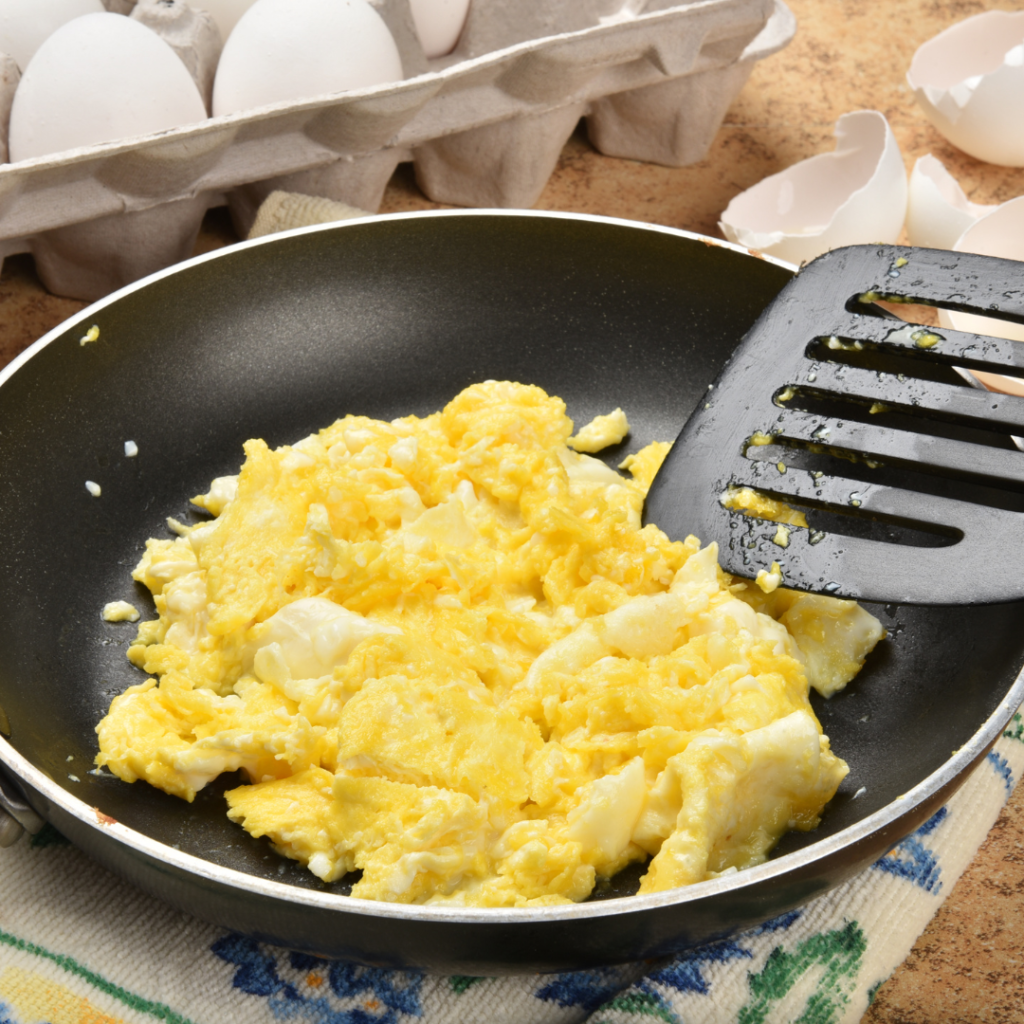
Over easy
Did someone say ramen? Noodles and over-easy eggs are a match made in heaven. This type of egg is made similarly to a sunny-side up, but because the aim is to have the egg white fully cooked, you will need to flip the egg.
This is the tricky part. It’s hard enough to break the egg precisely and without breaking the yolk, but now it must be flipped? Well, yeah. Nevertheless, it’s not as difficult as you think it is. With enough oil and the right pan, you’ll be flipping eggs like a pro in no time.
Wait for the bottom of the egg to cook before carefully placing your frying spoon underneath it. Using a pan with lower edges, like this skillet frypan, makes it easier to flip your egg.
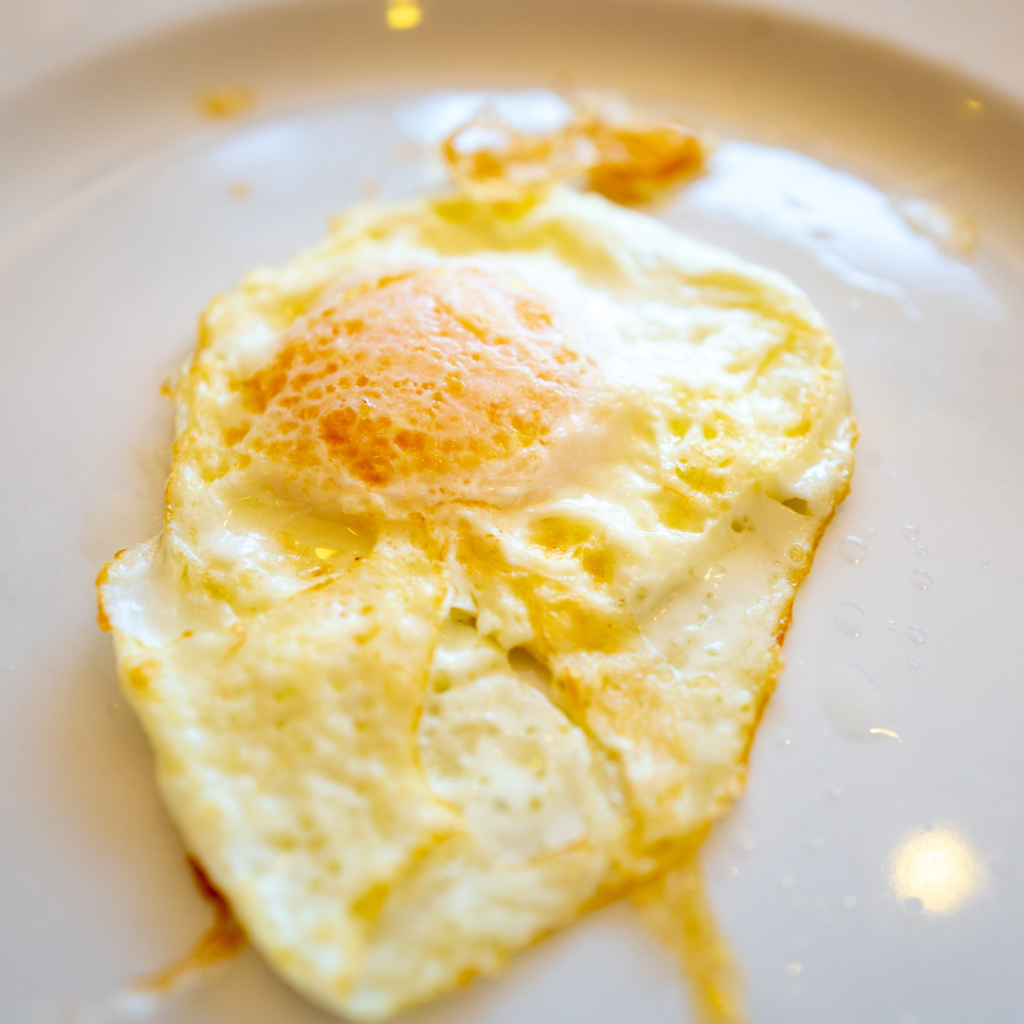
Over hard
The only difference between the over-hard and the over-easy is that the over-hard has a longer cooking time. After flipping your egg, turn down the heat until it is low and allow your egg to cook.
The result is a fully cooked egg with a defined and whole yolk. This egg type is particularly tasty with cheese sandwiches and hash browns. You may break the yolk of your egg while flipping it, but since the end goal is to have a wholly done egg, it shouldn’t matter. Don’t mix the egg completely at this stage. Just leave it to cook that way. You’ll still end up with a slightly defined yolk.
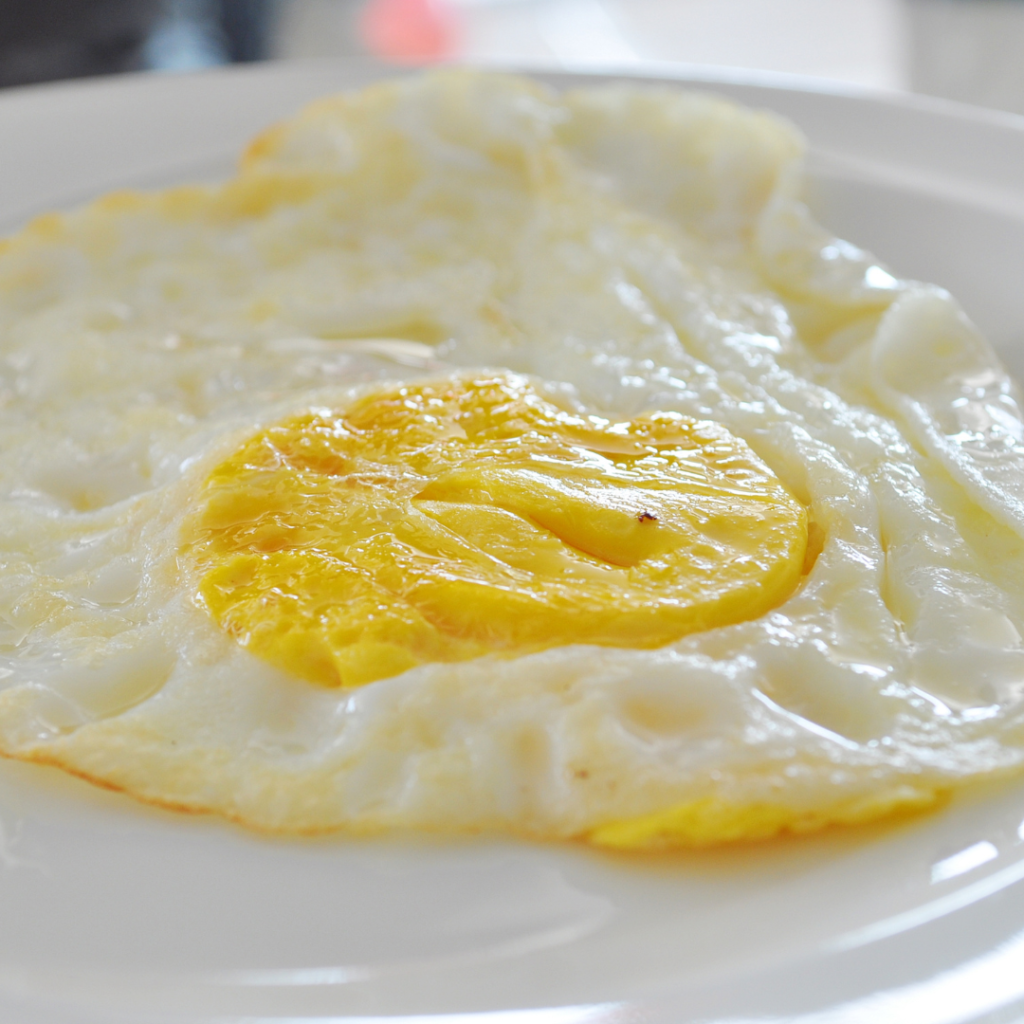
Omelette
Making an omelette is similar to making a shawarma but using eggs instead of a tortilla. The egg or eggs are beaten in a bowl, and seasoning is added. Afterwards, pour the egg into a preheated pan and add all your desired extra ingredients, such as vegetables (most commonly used), cooked meat, cheese, etc. As the egg begins to cook, fold one side of the omelette over the other and allow the egg to cook and set while still folded.
For a perfectly made omelette, cook your egg over low or medium heat and pour your toppings over one side of the omelette without overloading it. This makes it easier to fold the omelette and have it cook nicely.
Omelettes make a fantastic pair with boiled potatoes, but you may fall in love with the combination of omelettes and a bread roll.
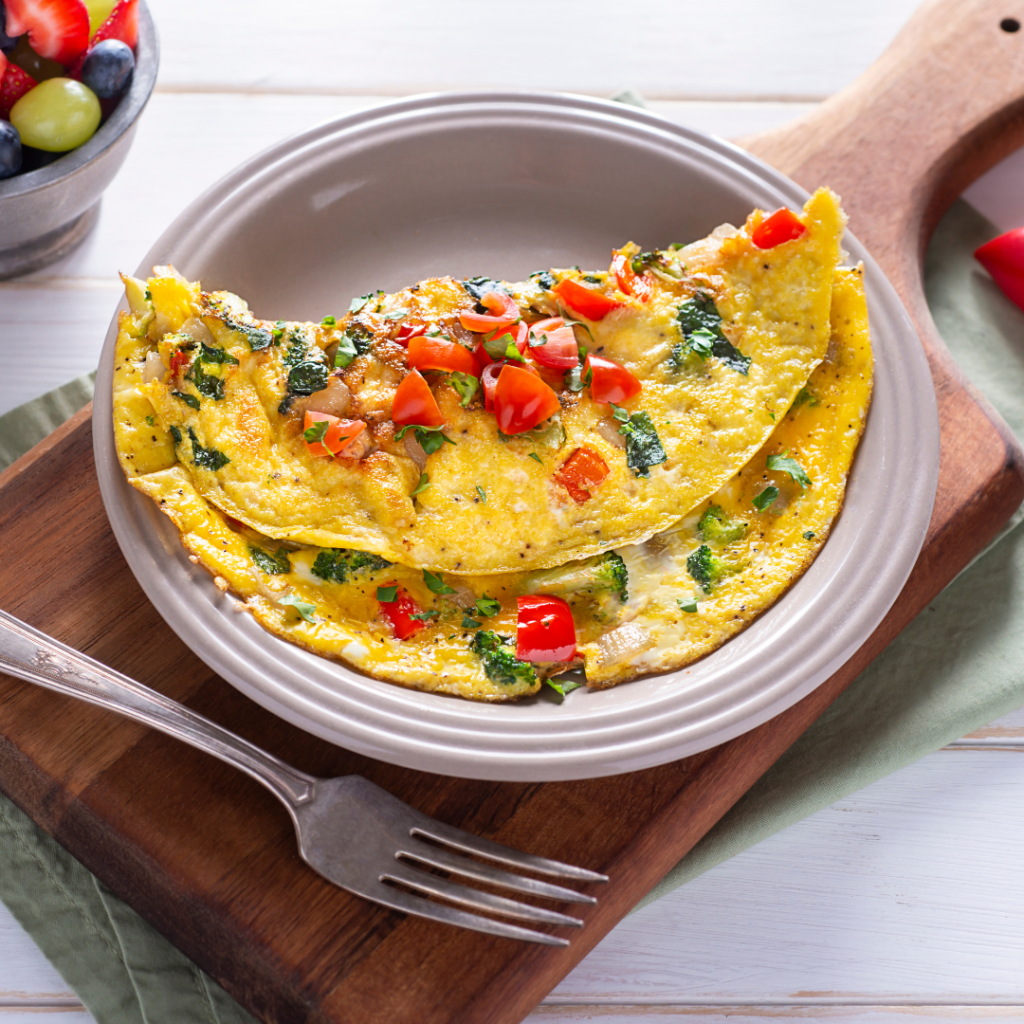
Baked
This is one unconventional way to cook an egg, but it’s super easy. The oven-cooking technique employed in making this food makes it fluffy and enjoyable.
Whatever ingredients you add to the egg while cooking are optional, except for oil. You need to add a little oil to the bakeware you have chosen to bake your egg in, greasing up the side as well. Doing this prevents your egg from getting scorched and makes removing the egg from the bakeware easier.
Ramekins are the best bakeware for this egg because they can withstand high heat from the oven, are good for portioning, and have enough room for your egg and other ingredients.
For a bit of adventure or break from the ordinary, try out baked eggs.
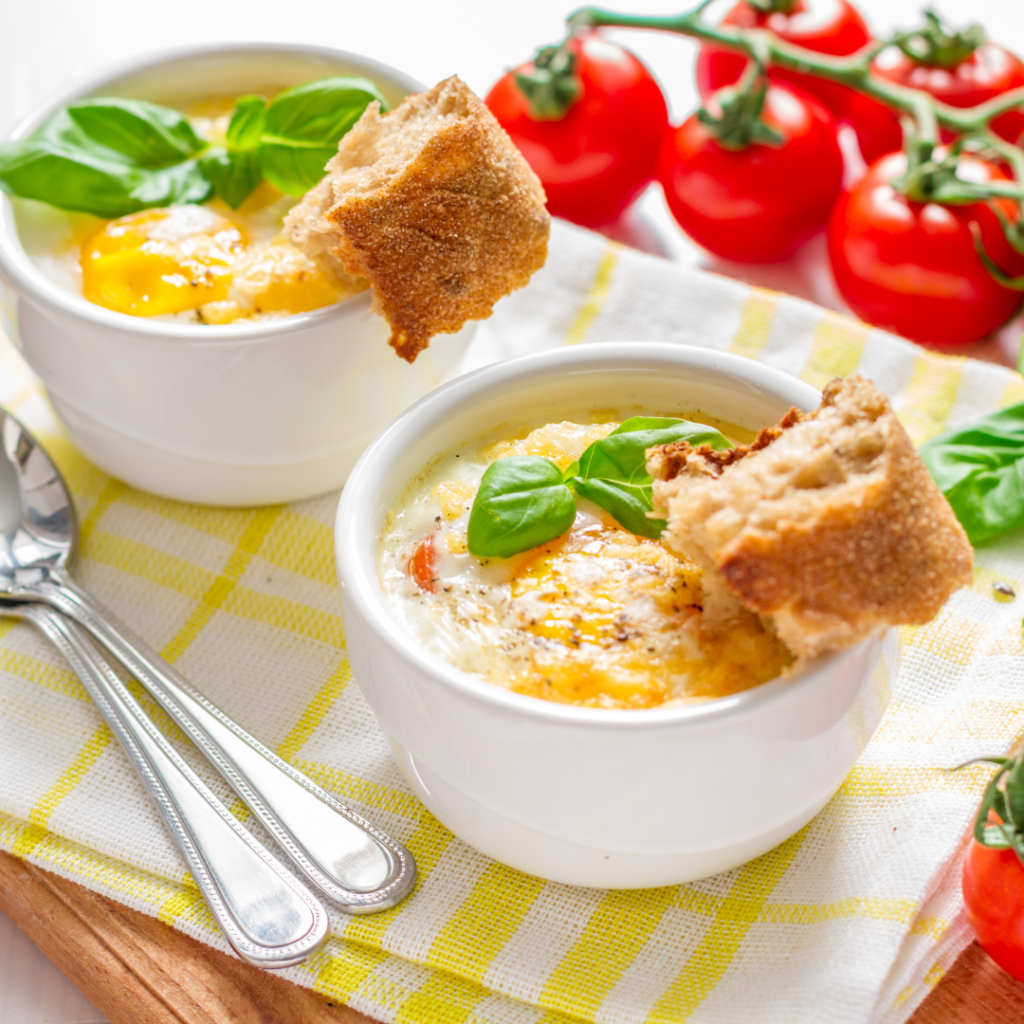
Hard-boiled
Making this type of egg is possibly the easiest on earth to do. Some people even joke that it’s impossible to make boiled eggs wrongly. All you need to do is put the egg in a pot of water and boil it over medium heat. “Forget” it there for about 15 minutes and then leave it to cool before peeling. Peeling the egg is easier when you let it cool under running water or in a bowl of cold water.
Hard-boiled eggs are perfect for egg sandwiches, salads, and pasta.
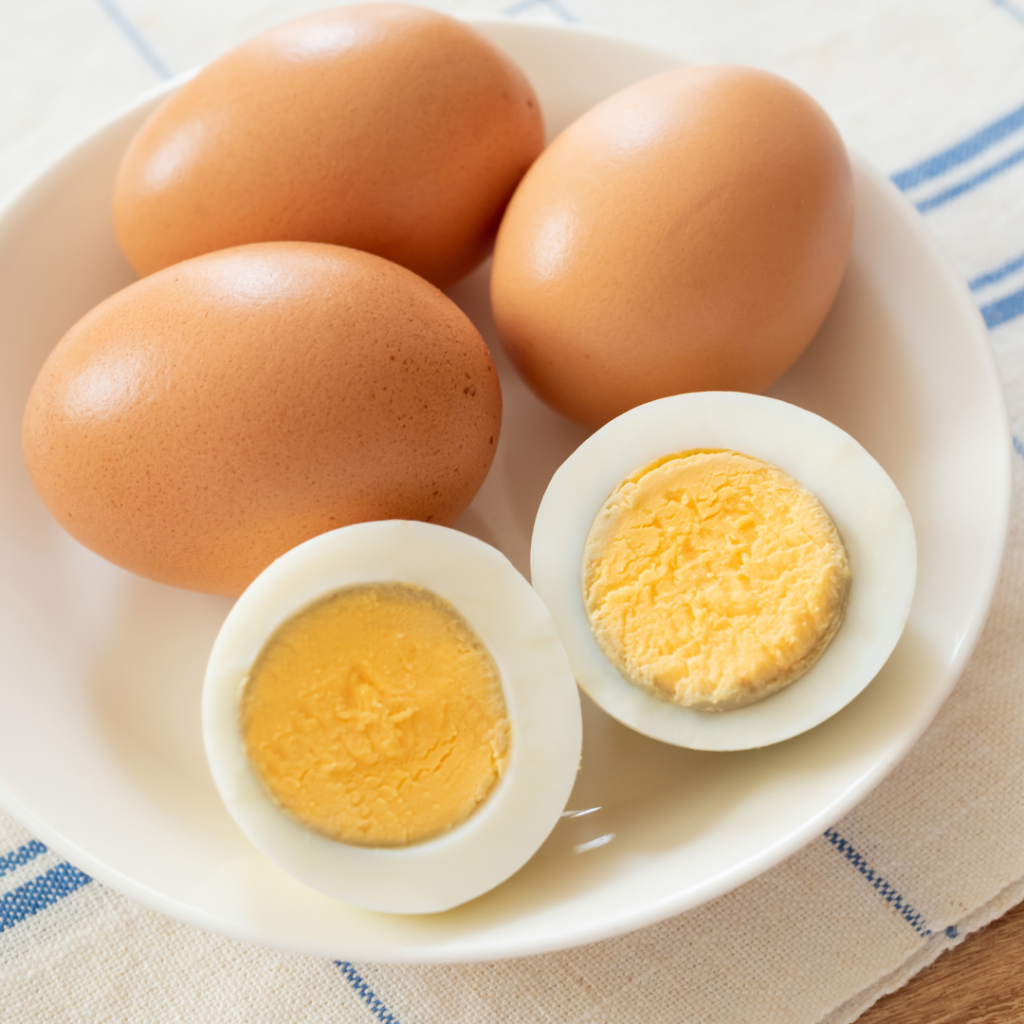
Soft boiled
You have probably made this one before, by mistake or intentionally. This “boiled egg with liquidy yolk” is called a soft-boiled egg. Soft-boiled eggs are prepared the exact way you prepare any other type of boiled egg; just place the egg in a pot of water and boil. However, for soft-boiled eggs, you only need to boil the eggs for a few minutes, between 5-7 minutes.
It’s best to do this with a timer because cooking the egg for a shorter time would result in an undone, probably uneatable egg, and cooking it for longer would result in a hard-boiled egg.
Tip: Try soft-boiled eggs with roasted salmon. You can thank us later.
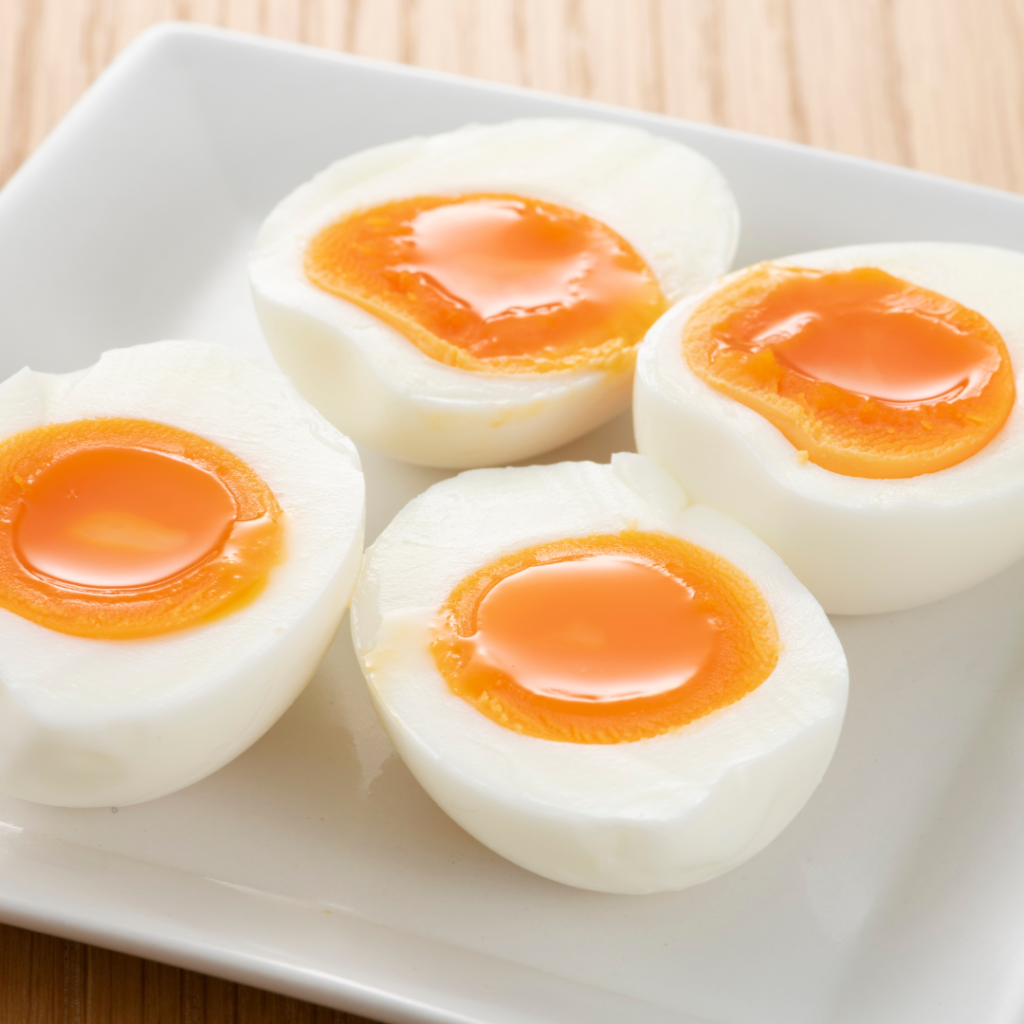
Frittata
Unlike every other cooked egg type, this one is a meal. Try out a frittata if you love eggs so much that you would rather eat only eggs. This one is particularly great for fitness enthusiasts and people who love a good, proteinous diet.
A frittata is an egg dish that includes vegetables, meat, cheese (optional), and eggs. The mixture is beaten and then cooked slowly over low heat. The egg mixture is cooked until it is set and forms something like a pie. It can be likened to a quiche, only that it is crustless.
Check out our spinach frittata recipe to make frittatas like a pro.
In conclusion
Whether you’re a seasoned chef or a culinary newbie, we hope this guide has inspired you to try new egg recipes and explore the wonderful world of cooked eggs. Hopefully, this article has made ordering food at a breakfast restaurant easy. And if you’re more invested in recipes involving eggs, don’t be scared to get a little adventurous. You may end up creating the next best-cooked egg.






